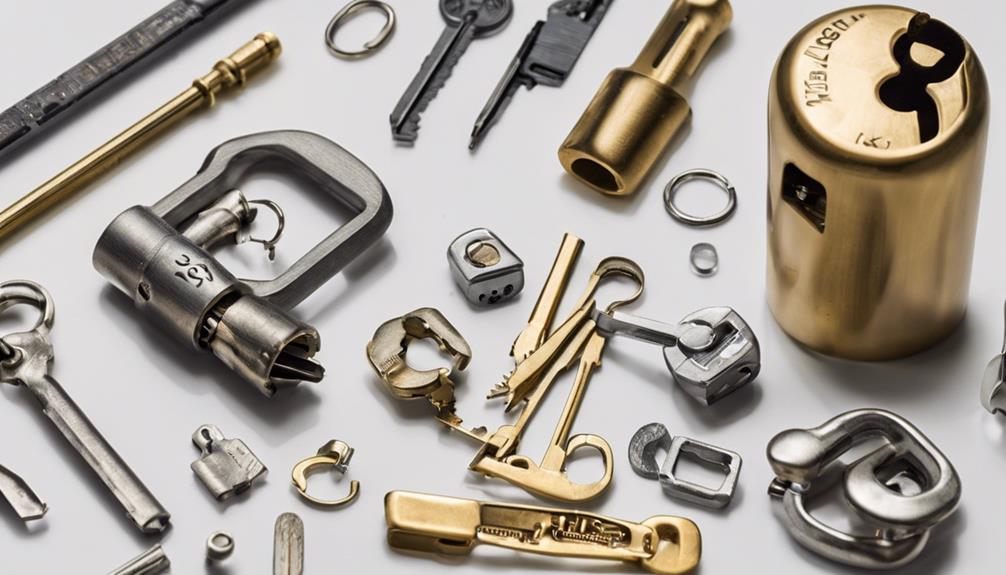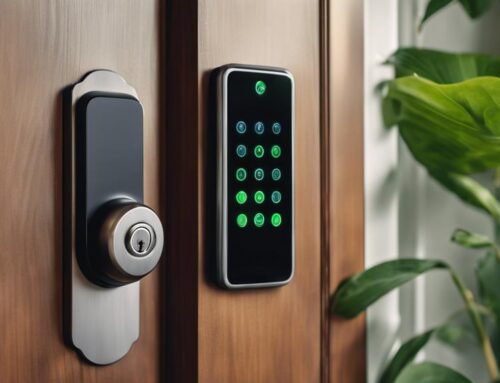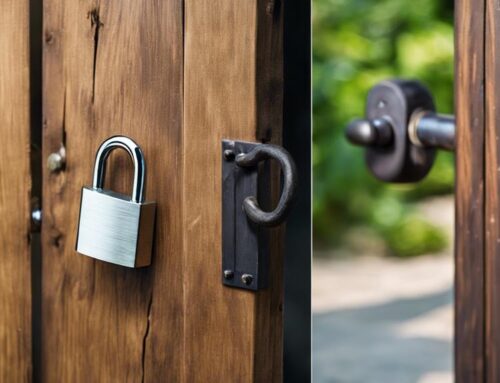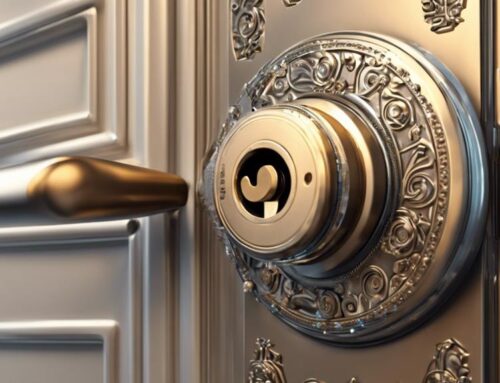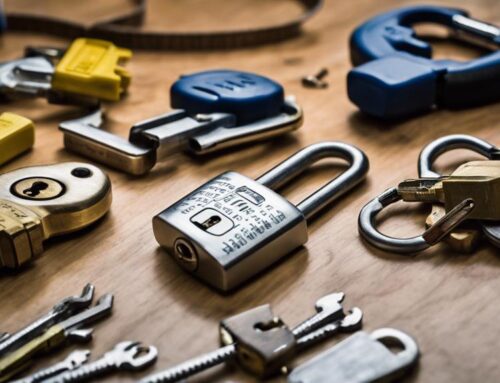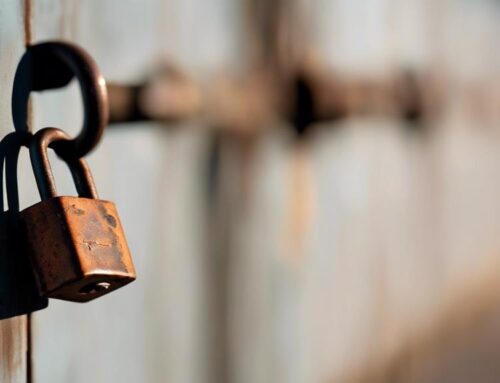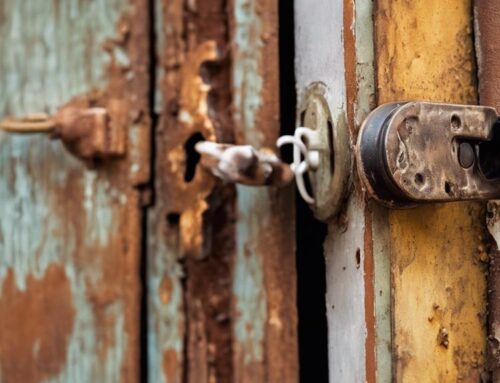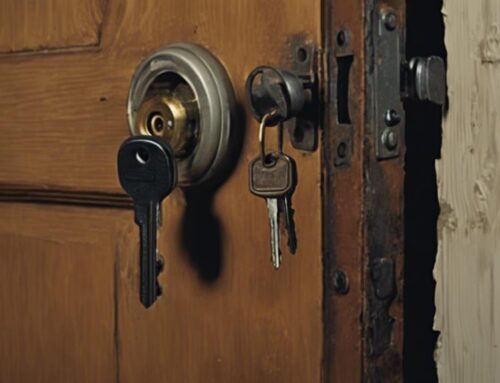Re-keying changes the lock's internal mechanics by altering pin and tumbler configurations. When you re-key a lock, the old tumblers are replaced with new ones that match a different key, fundamentally transforming the lock's "fingerprint." This means only the new key can lift the pins to the right height, ensuring previous keys no longer work. As a result, your lock's security improves, making it harder for intruders to manipulate. Plus, re-keying can enhance the lock's performance and longevity. If you're curious about the specifics of re-keying and its benefits, you'll find more insights on the topic.
Key Takeaways
- Rekeying alters the internal pin and tumbler configuration, changing the lock's unique "fingerprint" for enhanced security.
- Proper alignment of new pins with the shear line ensures only the new key can operate the lock effectively.
- Tumblers are adjusted during rekeying to prevent old keys from functioning, increasing security against unauthorized access.
- The process improves lock performance by reducing wear and tear on internal components, prolonging overall lock integrity.
- Regular rekeying maintains a secure environment, ensuring only authorized individuals have access to the property.
Understanding Lock Mechanisms
Locks are fascinating devices that play an important role in security. Understanding how they work not only enhances your appreciation for these mechanisms but also empowers you to serve others better.
At the heart of a typical lock are pins and tumblers, which interact in a way that keeps it secure. When you rekey a lock, you're fundamentally changing its internal configuration without replacing the entire unit. This process involves adjusting the pins and tumblers to align with a new key, ensuring that old keys no longer function and enhancing overall security.
This is particularly essential when keys are lost or stolen, as understanding lock re-keying is key to maintaining safety.
Rekeying is a practical and cost-effective solution that allows you to maintain security while helping those around you feel safe. It's a skill that can be invaluable for property managers, locksmiths, or anyone responsible for the security of a space.
The Role of Pins
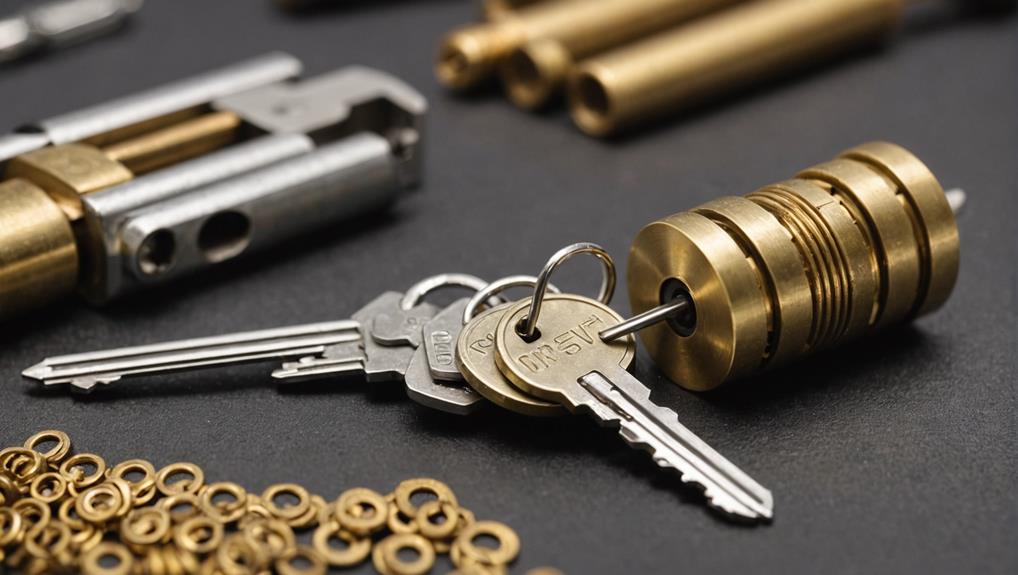
In many locks, pins play a fundamental role in their functionality and security. These pins consist of different lengths that correspond to the cuts on a key, creating unique pairings that are essential for proper lock operation. When you insert a key, the pins align with the shear line, allowing the lock to turn and grant access.
Each pin set is uniquely sized, which means that only the correct key can lift the pins to the right height. This precision is critical for maintaining security, as the mechanics of lock pins and tumblers contribute considerably to preventing unauthorized access.
During rekeying, the lock mechanics shift as you replace the pins to match a new key. You're fundamentally changing the lock's "fingerprint," ensuring that old keys will no longer work. This process enhances security without needing to replace the entire lock.
Understanding how pins function helps you appreciate the importance of rekeying in safeguarding your home or business. When you help others with their locks, you're not just providing a service; you're ensuring their peace of mind.
Tumblers and Their Function
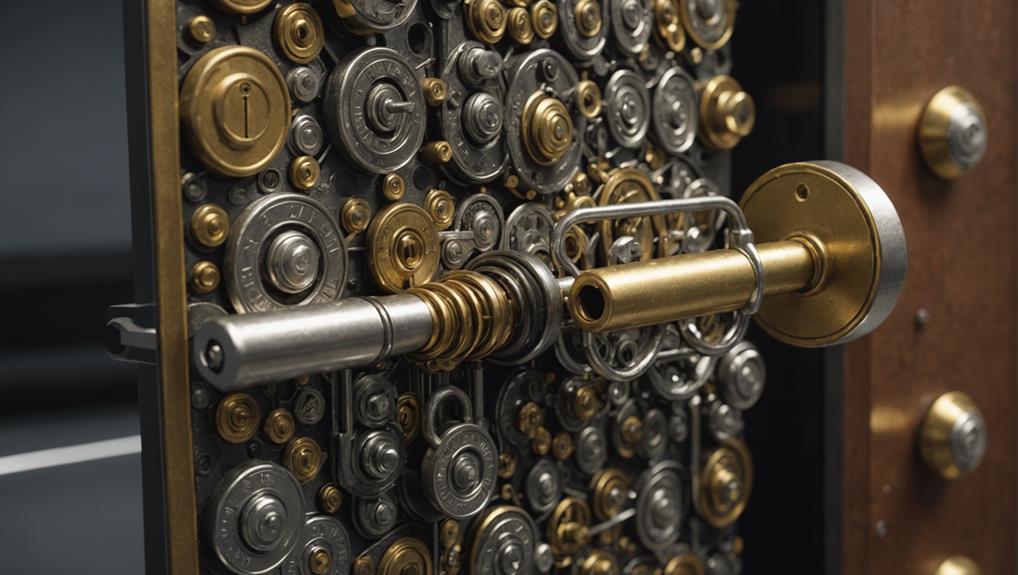
Tumblers are vital components in the locking mechanism that work alongside pins to secure your property. When you engage a lock, tumblers move into specific positions, allowing the lock to turn and open.
Their function is significant because they guarantee that only the correct key can align the tumblers properly, granting access while keeping unwanted intruders at bay.
Understanding tumblers is key to lock security, as they can be manipulated if not properly configured.
During the re-keying process, you'll notice lock internal changes. Tumblers are adjusted or replaced to match a new key, which alters their positions within the lock.
This means that your previous key will no longer release the mechanism, enhancing your security.
Understanding tumblers and their function helps you appreciate the intricacies of your locking system.
Re-keying Process Explained
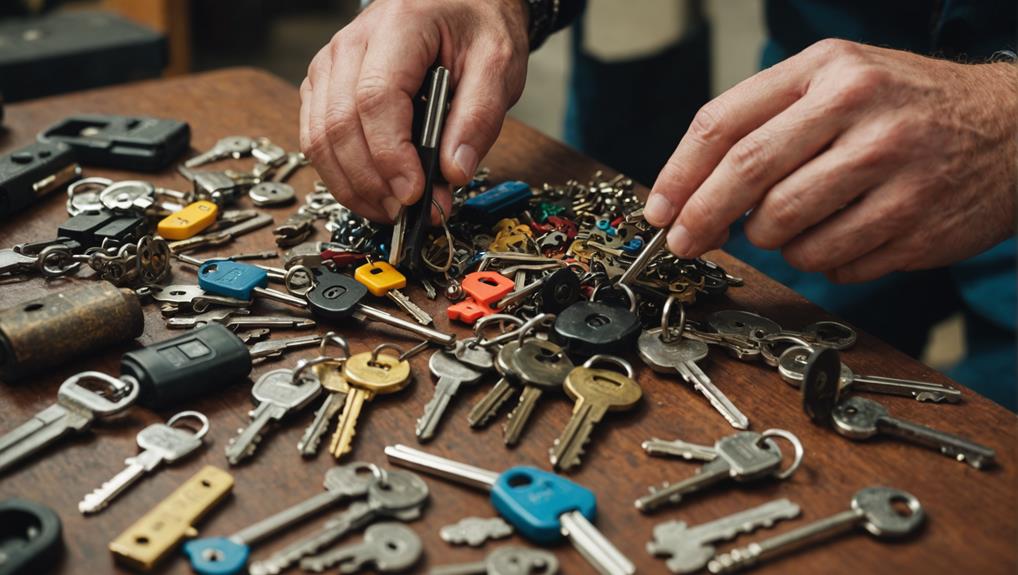
Understanding how tumblers work sets the stage for grasping the re-keying process. When you re-key a lock, you fundamentally change the internal mechanisms to make it compatible with a new key.
This process allows you to maintain your existing hardware while enhancing security, and it can be done effectively with the right tools and knowledge, as outlined in a detailed guide.
Here's how re-keying changes locks:
- Remove the lock cylinder: Using a screwdriver, take the cylinder out of the lock.
- Disassemble the cylinder: Carefully remove the cover and tumblers, taking note of their arrangement.
- Swap tumblers: Replace old tumblers with new ones that correspond to your new key's cut.
- Reassemble the cylinder: Once the new tumblers are in place, put everything back together, making sure it's tightly secured.
- Test the new key: Finally, insert the new key and turn it to verify smooth operation.
Impact on Security and Performance
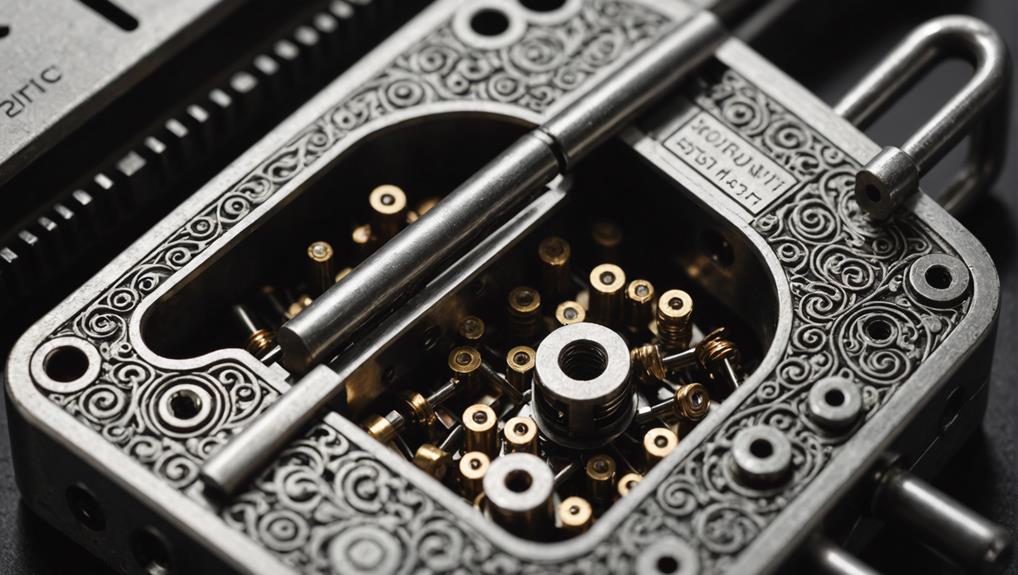
Re-keying a lock can considerably enhance both security and performance. When you change the internal components of a lock, you're not just altering who's access; you're also improving the lock's functionality.
In fact, the advantages of re-keying locks extend beyond just immediate security concerns. The mechanical impact of rekeying is significant—it refreshes the lock's internal mechanisms, reducing wear and tear that could compromise its integrity over time.
By re-keying, you're ensuring that old keys can no longer operate the lock, which is essential after a change in tenants or loss of keys. This process boosts security, giving you peace of mind that only authorized individuals can enter. Additionally, a well-maintained lock performs better, reducing the chances of jamming or sticking.
In essence, re-keying is more than a simple fix; it's a proactive approach to safeguarding your space.
You'll find that regular re-keying not only prolongs the life of your locks but also enhances the overall security framework of your property. By investing in this service, you're serving not just your needs but also providing a safer environment for those around you.
Frequently Asked Questions
Can Re-Keying Be Done on All Types of Locks?
You can't re-key every type of lock. Most pin tumbler locks can be easily re-keyed, allowing you to change the key without replacing the entire lock.
However, some locks, like deadbolts or electronic locks, might require specialized tools or expertise. Before attempting to re-key, check the lock's design and manufacturer guidelines.
If you're unsure, it's best to consult a professional locksmith to guarantee it's done correctly and safely.
How Often Should I Consider Re-Keying My Locks?
Imagine standing at your front door, keys jingling in hand, feeling secure.
You should consider re-keying your locks whenever you move to a new place, after losing keys, or when someone you no longer trust has access.
Regularly reassessing your security every few years can also help keep you feeling safe.
It's a simple step to protect your loved ones and guarantee peace of mind in your home.
Are There Any DIY Methods for Re-Keying Locks?
If you're looking to re-key your locks yourself, there are DIY methods available.
First, purchase a re-keying kit compatible with your lock brand. Follow the instructions carefully, which usually involve removing the lock cylinder, adjusting the pins, and reassembling it.
Make sure you have the new key handy for testing. Remember, it's essential to guarantee the lock functions smoothly afterward.
If you feel unsure, don't hesitate to consult a professional for help.
What Tools Are Necessary for Re-Keying a Lock?
To re-key a lock, you'll need a few essential tools.
Start with a re-keying kit specific to your lock brand, which usually includes new pins and a key.
You'll also need a screwdriver to remove the lock cylinder and a pair of tweezers to handle the pins.
A flashlight can help you see inside the lock better.
With these tools, you're ready to enhance security and serve others by ensuring their locks are reliable.
Does Re-Keying Affect the Warranty of My Locks?
Have you ever wondered if altering your locks might void their warranty?
In many cases, re-keying doesn't affect the warranty, but it's essential to check your specific lock's terms. Some manufacturers might consider it a modification.
By ensuring your locks remain secure while understanding the warranty implications, you're not just protecting your property; you're also serving others by maintaining a safe environment.
Always consult with the manufacturer if you're unsure.
Conclusion
To sum up, re-keying not only alters the lock's mechanics but also raises questions about security effectiveness. While it's often believed that re-keying weakens a lock, the truth is that when done correctly, it can enhance security by ensuring that old keys no longer work. By understanding the intricacies of pins and tumblers, you can appreciate how a well-executed re-keying maintains your lock's integrity while adapting to your changing security needs.

